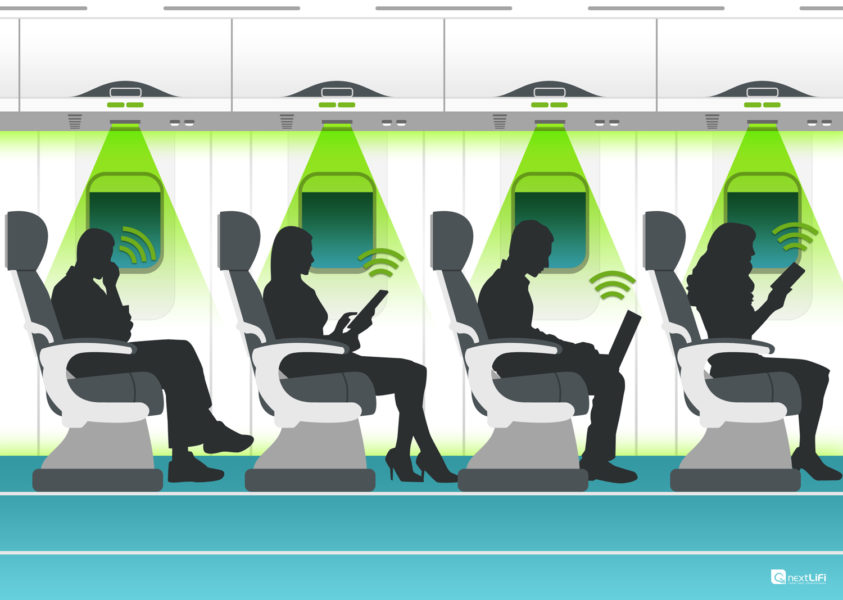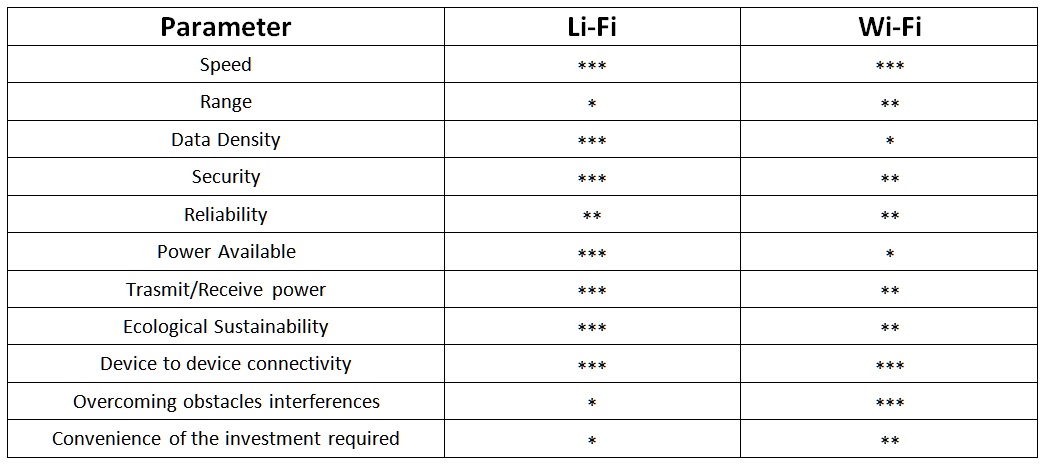💠 The Fast-Tracks Radio currently uses the Wi-Fi technology for the data transmission, but further development are already foreseen to keep up with new technologies that will be developed in the future.
Let’s explore one of the more promising: the Li-Fi is a remote innovation to give the availability within restricted system condition.
The primary rule of this innovation is that is possible to transmit the information utilizing light brightening by utilizing light-producing diodes where radio recurrence is media in Wi-Fi and Driven globule light power is speedier than human eye can take after.
To operate Li-Fi requires a light source such as a common LED lamp, an internet connection and a photodetector. LEDs are semiconductors that have the peculiar characteristic of allowing the modulation of light intensity at very high speeds. By exploiting this possibility and having available all the visible portion of the electromagnetic spectrum (Visible Light Communication, 400-800 THz) it is possible to transmit binary code data up to 1Gbps using the OFDM (or SIM-OFDM) spatial modulation.
Li-Fi is especially appropriate for several common web “content consumption” applications like video and audio downloads, live streaming, etc. These applications place serious demands on the downlink information measure, however need token transmission capability. during this manner, the bulk of the net traffic is off-loaded from existing RF channels, therefore conjointly extending cellular and Wi-Fi capacities.
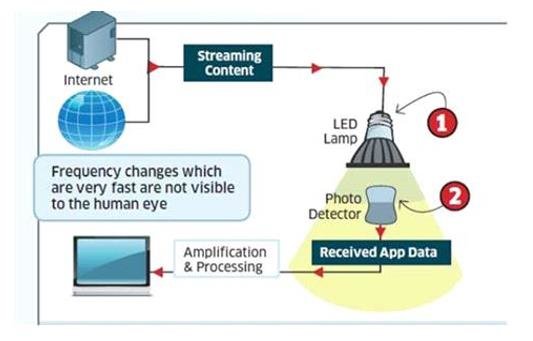
Working of LI-FI Communication
💠 There are several applications and future scope for Li-Fi. These include:
-
Smart Lighting – Any personal or public lighting together with street lamps is accustomed to offer Li-Fi hotspots, and also the same communications and sensing element infrastructure is accustomed to monitor and management lighting and information.
-
Mobile Connectivity – Laptops, sensible phones, tablets and alternative mobile devices will interconnect directly exploitation VLC*. Short vary links offer very high information rates and conjointly provides security.
-
Hazardous Environments – VLC provides a secure different to magnetic force interference from frequency communications in environments like mines and organic compound plants. On implementing this technology it’s potential to use each bulb as a hotspot that produces safer surroundings. As radio waves square measure venturesome to living creatures and results in endangering of birds we have a tendency to attempt to scale back this complication victimization light-weight fidelity that works on actinic ray frequency and doesn’t damage the character.
-
Another advantage of sunshine fidelity is reduction within the power consumption and transfer of knowledge at higher rate that Wi-Fi finds tough to achieve.
-
Moreover, this technology in medical field makes diagnosing quicker and permits to access net in conjunction with the radio waves based mostly devices.
* VLC: Visible light communication, a synonymous of Li-Fi
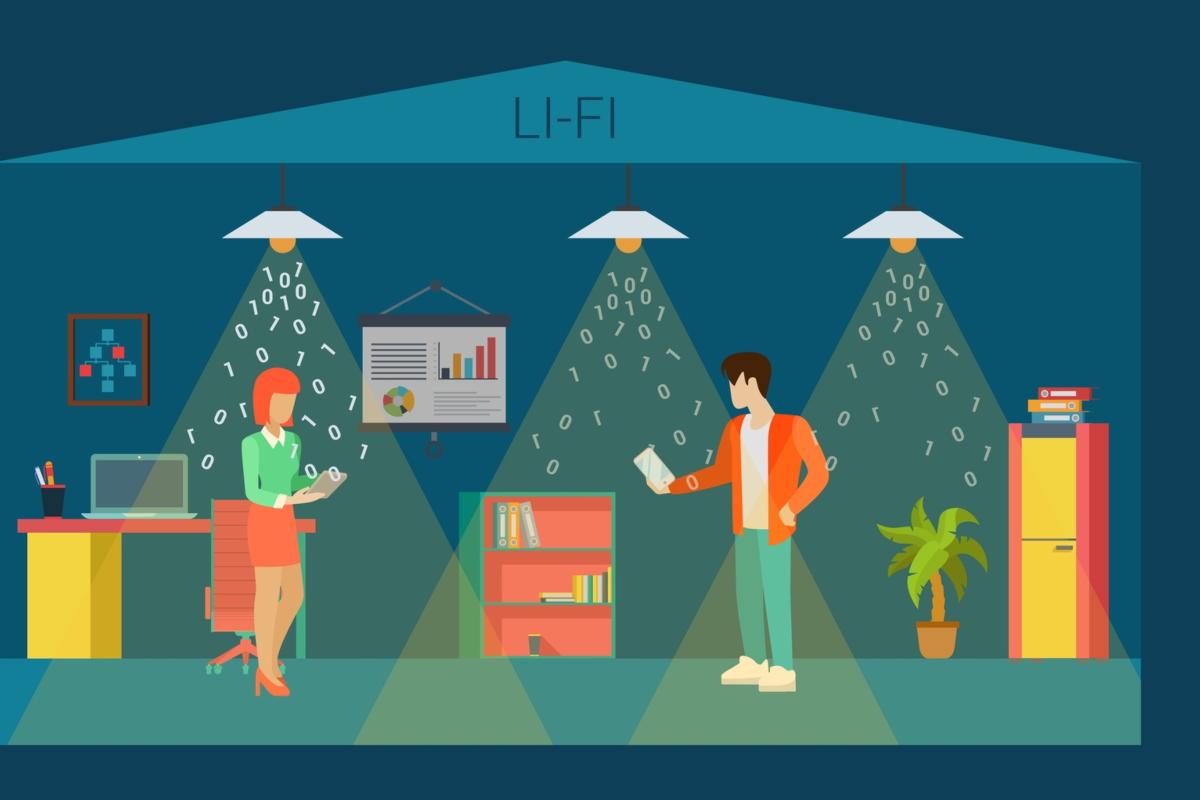
Smart Lighting
💠 But this technology has some disadvantages too. For example it needs specialized hardware for implementation which isn’t currently available on a large scale.
So the current technology must be upgraded in order for Li-Fi to be implemented on a large scale and for common public to use it, and a large amount of investment is required. Li-Fi signals are also prone to interference from everyday lightings such as sunlight, common household lighting etc. due to the use of visible light for its transmission.
Moreover the range of Li-Fi is limited by two major factors: dispersion of light and inability of light to penetrate optically opaque objects (like walls of a room).
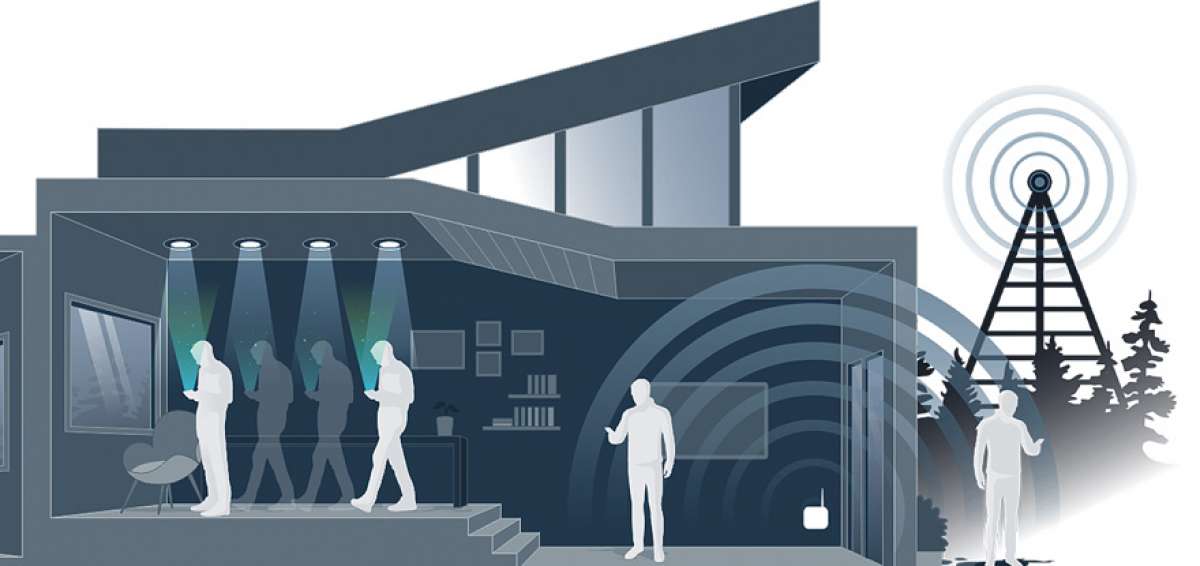
Li-Fi vs. Wi-Fi range
💠 In conclusion, here below a comparison between Li-Fi and wi-fi parameters is presented.
Sounds interesting, doesn’t it?
🔴 #RadioFast #FastNews #LiFi #WiFi #Wireless #FutureOfTransportation
Keep following us for all the updates on Fast Tracks, Sustainable Mobility, and Future of Transportation.
Follow us here on the blog and on Facebook

